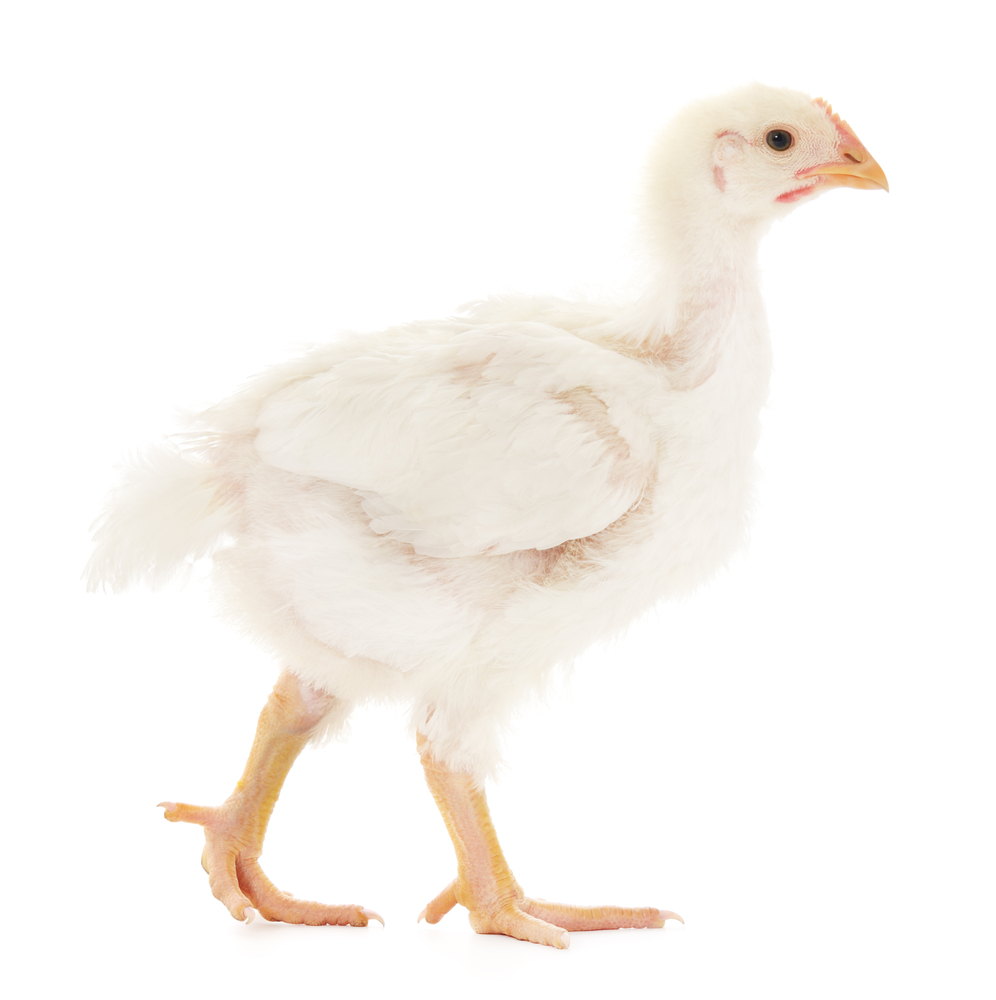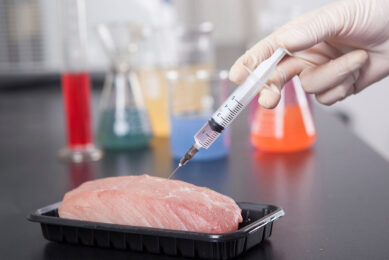Use of Lysoforte Booster dry in broilers and turkeys

Feed cost has become one of the greatest concern in modern poultry production over the last 10 years. Moreover, the constant pressure on vegetable oil prices had led poultry nutritionists to search for alternative raw materials and nutritional tools that may alleviate the high cost of the diets.
The most common alternative raw material is acid oils, which are by-products generated by the oil industry by separating fatty acids from the glycerol back-bone. It has been previously shown that the high level of free fatty acids (FFA) (> 20%) in acid oils reduces their energy value for poultry due to a decrease in fat digestibility, particularly in young animals.
Since the quality of acid oils is usually not constant, the most suitable nutritional tool to be used is an absorption enhancer based on lysophospholipids, which can increase their emulsification and absorption in the gut and allow reformulating diets at a lower cost without compromising poultry performance. Lysophospholipids are known to improve poultry performance through better digestion and absorption of nutrients in the small intestine, especially fats.
Broilers
The following field trial carried out by Kemin in collaboration with a customer in the Netherlands looked at the supplementation of lysolecithin in reformulated broiler diets exchanging palm kernel oil and animal fat by corn in order to reduce feed cost. The trial resulted in significant cost savings of the supplemented group with animals performing as good as the non-reformulated group.
The field trial was performed in a broiler house on a practical farm during a production cycle of 41 days. The house was divided in two equal parts containing 3000 one-day old Ross broiler chickens each. Birds were fed a 4 phase feeding program: starter, grower 1, grower 2 and finisher. The test group got a reformulated diet with Lysoforte® Booster Dry included. The reformulation was done by exchanging palm kernel oil and/or animal fat with corn and Lysoforte Booster Dry (Table 1).
Effect on body weight
Body weight at 6, 13, 20, 27 and 35 days was recorded weighting a significant number of broilers (80 per treatment) as shown in Table 2. Final body weight as well as overall FCR, daily growth and mortality rates are shown in Table 3. Foot pad lesions score was also recorded (Figure 1). During the first growth phase (days 6 and 13) the average weight of the broilers from the Lysoforte treatment was numerically higher, while during the grower and finisher phase the average weight was numerically lower than the control group. The global results show that overall performance was similar for both treatments. The higher final slaughter weight for Lysoforte group indicates a higher growth during the period from 35 to 41 days compared to the control group.
Footpad lesions and feed costs
The footpad lesion score indicates a drier litter in the Lysoforte group, probably due to a more effective digestion and absorption of the dietary lipids, resulting in fewer amounts of lipids excreted by the feces. Reformulation of the diets following the addition Lysoforte Booster Dry resulted in a reduction of the feed cost due to lower energy content without compromising the overall performance of the tested broilers.
Turkeys
Kemin agreed with Moorgut Kartzfehn GmbH – Germany an animal trial with growing turkeys to evaluate the efficacy of Lysoforte Booster Dry as nutritional tool to reformulate diets at a lower cost, containing acid oils, without compromising poultry performance. The experimental trial took place in the facilities of Moorgut Kartzfehn GmbH & Co. KG (Germany), at the test farm Kartzfehn Nord. In total 960 day old male BUT 6 turkeys were used.
The turkeys were randomly divided into two treatments: Control- standard 6-phase-diet according to Kartzfehn recommendations; Lysoforte -the standard 6-phase-diet, with phase 1 and phase 2 being isoenergetic to the corresponding phases of Control, and with reduced amounts of fat in phase 3 (2 kg soy oil and 4 kg acid oil = 33 kcal/kg), phase 4 (3 kg of soy oil and 4 kg of acid oil = 45 kcal/kg), phase 5 (9 kg of acid oil = 54 kcal/kg) and phase 6 (9 kg of acid oil = 42 kcal/kg) and supplemented with 500 g Lysoforte Booster Dry per ton of feed. The feed cost differences of Lysoforte vs. Control diets were: 2,4, 2,4, -4, -3,8, -3,5 and -2,0 €/ton of feed for phases 1, 2, 3, 4, 5 and 6 respectively.
The diets used per growth stage were based on corn, wheat, soybean meal and full fat soybean, being the fat sources soybean oil, added to diets of all phases, and acid oil, added to diets of phases 3, 4, 5 and 6 (Kemin Internal Reference TL-14-00046). The performance results for both treatments can be observed in Table 4.
Results
The Lysoforte group showed higher body weight at all intermediate phases, being the final weight at slaughter and FCR for the overall trial was similar for both groups. Better body weight observed at earlier stages could be explained by a more efficient digestion and absorption of dietary fat in turkeys fed diets containing Lysoforte Booster Dry, mostly in the earlier stages of growth. No statistical differences were found for mortality. The footpad condition at slaughter was evaluated according to a scoring-system of Hocking et al. (2008)* and revealed a better numerically scoring in favour of the Lysoforte treatment (Figure 2). This could be attributed to drier faeces, most probably due to a better fat digestion in the Lysoforte group.
Conclusion
Lysoforte Booster Dry is an efficient absorption enhancer that allowed significant feed cost savings without compromising poultry performance. The trial data indicate that Lysoforte Booster Dry improved foot pad condition as a result of a drier litter due to a more efficient digestion and absorption of dietary lipids.
Author: Kemin
Join 26,000+ subscribers
Subscribe to our newsletter to stay updated about all the need-to-know content in the feed sector, three times a week. Beheer
Beheer









 WP Admin
WP Admin  Bewerk bericht
Bewerk bericht